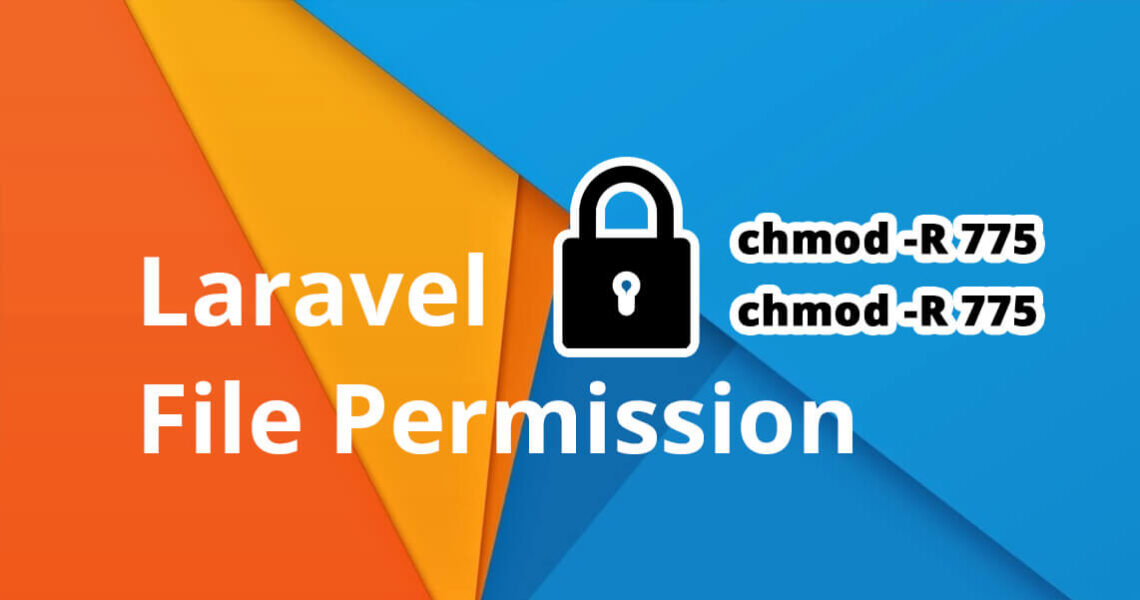How to avoid permissions folder issues for Laravel when using Ubuntu
January 28, 2024
Laravel, a popular PHP framework for web application development, it has a strong focus on rapid web development and security. Among the many security considerations in Laravel, properly setting up file permissions is crucial. Without the right permissions, your application may be vulnerable to attacks, or it could malfunction due to lack of necessary access. In this tutorial, we’ll walk you through the steps for correctly setting up file permissions in Laravel.
Laravel File Permissions: The Basics
Laravel requires certain directories to be writable for it to function correctly. These are:
- bootstrap/cache
- storage
All other files and directories should be readable by Laravel but should not be writable unless necessary for your application. Incorrect file permissions can lead to security risks.
Steps to Set Up File Permissions in Laravel
Step 1: Setting the Owner and Group
Use the chown command to change the owner and group of your Laravel files. The owner should be the user that runs your web server process (often ‘www-data’ or ‘apache’). The group can be any group that includes the user running the web server.sudo chown -R www-data:www-data /path/to/your/laravel/app
Step 2: Special Permissions for Storage and Bootstrap/Cache Directories
The ‘storage’ and ‘bootstrap/cache’ directories need to be writable by Laravel. We’ll set their permissions to 775, giving the owner and group read, write, and execute permissions, while others can only read and execute.sudo chmod -R 775 /path/to/your/laravel/app/storage
sudo chmod -R 775 /path/to/your/laravel/app/bootstrap/cache
With these settings, your Laravel application should have the right file permissions setup.